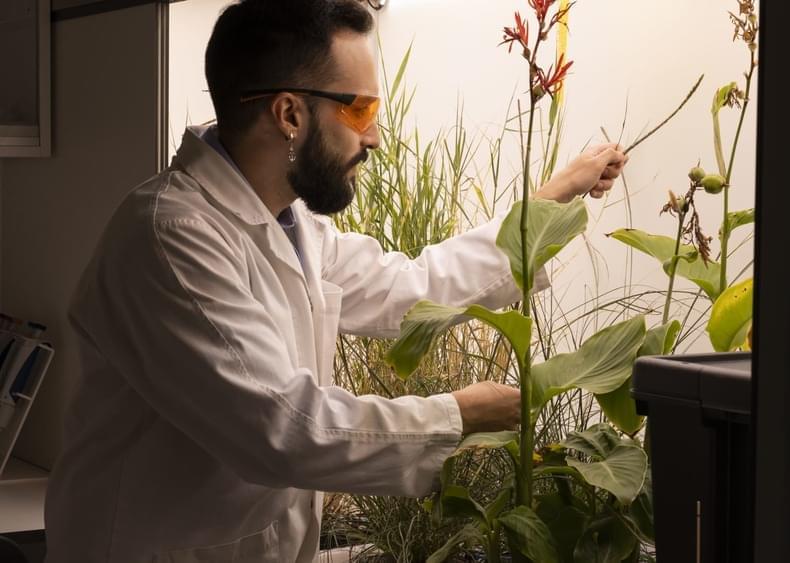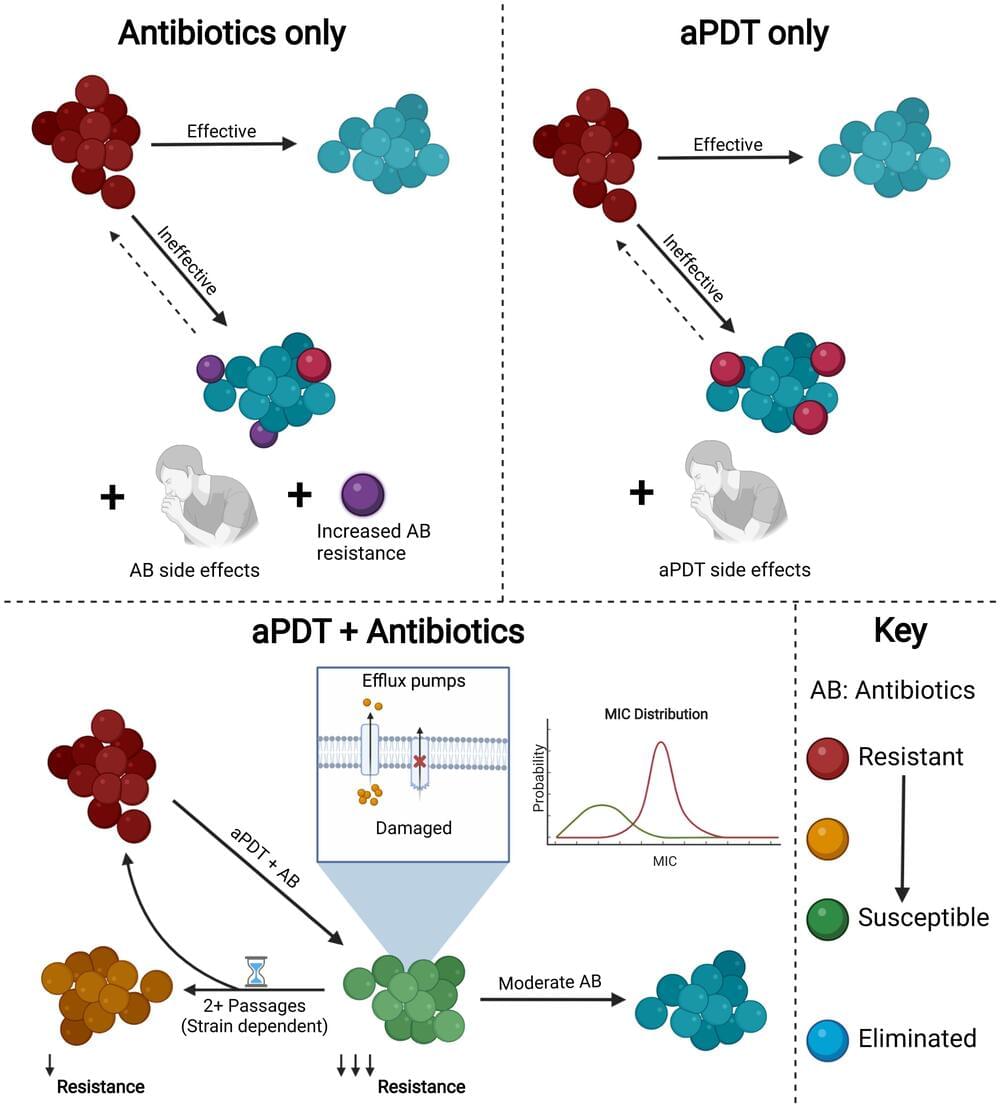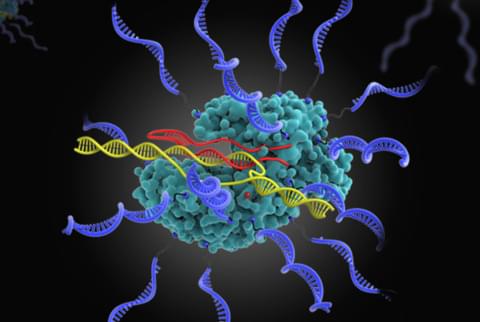The University of Alicante Quantum Chemistry group has predicted and published the existence of a new natural phenomenon in matter-radiation interaction, which has recently been experimentally confirmed. This finding is the subject of the review that the group’s researcher Juan Carlos Sancho García has submitted to the journal Nature, having been invited to publish in its “News & Views” section.
According to Sancho, his contribution is a successful example of how theory and simulation make it possible to advance and predict phenomena that are later confirmed by experiments, with the corresponding possible impact on the technological advances that populate society and the world today. In particular, the review reports the empirical confirmation of a prediction previously made and published by the UA team using quantum mechanics calculations. This is based on the effect of the “electronic correlation” that occurs strongly in this type of molecules studied, by which it is possible to take advantage of 100% of the energy that is emitted in the form of visible light on any screen.
The researcher explains that each of the pixels of a screen that makes up any device such as mobile phones, tablets, etc. is made up of molecules that emit the three basic colors (red, green, and blue). The battery activates these molecules to emit light (electroluminescence) so that they first reach their maximum level of “excitation” and then decay, and it is this loss of energy that results in the emission of color.








